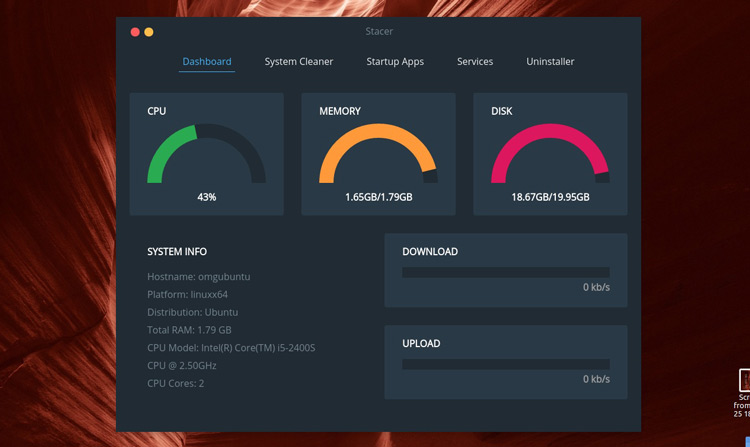

Create a shell script clearcache.sh and add the following lines. Now we will be creating a shell script to auto clear RAM cache daily at 2am via a cron scheduler task. Moreover it will also slow the system for a few seconds while the cache is cleaned and every resource required by OS is loaded again in the disk-cache. If we clean the cache, the disk cache will be less useful as the OS will look for the resource on the disk. If it finds the resource in the cache, then the request doesn’t reach the disk. Linux is designed in such a way that it looks into disk cache before looking onto the disk. You can drop cache as explained above without rebooting the System i.e., no downtime required. When you are applying various settings and want to check, if it is actually implemented specially on I/O-extensive benchmark, then you may need to clear buffer cache. Is it a good idea to free Buffer and Cache in Linux that might be used by Linux Kernel? It is not recommended to use third option above “.echo 3 >” in production until you know what you are doing, as it will clear PageCache, dentries and inodes. If you have to clear the disk cache, the first command is safest in enterprise and production as “.echo 1 > ….” will clear the PageCache only.

As mentioned in kernel documentation, writing to drop_cache will clean cache without killing any application/service, command echo is doing the job of writing to file. By default Ubuntu keeps every update it downloads and installs in a cache on your disk, just in case. Clean the APT Cache (And Do It Regularly) It sounds so obvious yet chances are you haven’t done this for a while. The shell wait for each command to terminate before executing the next command in the sequence. Next time you need more space and heck: even if you don’t here are 5 simple ways to free up disk space on Ubuntu. Command Separated by “ ” run sequentially. ZRAM support has been considered stable since Linux 3.14 released in early 2014.īefore showing how to use ZRAM, let’s check the memory in my board.# sync echo 3 > /proc/sys/vm/drop_caches It’s also possible to combine it with swap, but if you have to go that route, it may be worth considering upgrading the memory, or changing to a more powerful hardware platform. So it’s similar to swap, expect it operates in RAM and compresses memory. a RAM disk, but with on-the-fly “disk” compression. Zram, formerly called compcache, is a Linux kernel module for creating a compressed block device in RAM, i.e. However, I was told it would have been better to enable ZRAM instead. This week-end, I compiled Arm Compute Library on ODROID-XU4Q board, and the first time it crashed because the system ran out of memory, so I enable swap on the eMMC flash module to restart and complete the build successfully. The main advantage is that it’s does not require extra hardware, but come at the cost of much slower access, and potential issues or wear and tear, unless you only use it temporary. Whenever I ran out of RAM on a Linux system, I used to enable swap memory using the storage device to provide an extra bit of memory.


 0 kommentar(er)
0 kommentar(er)
